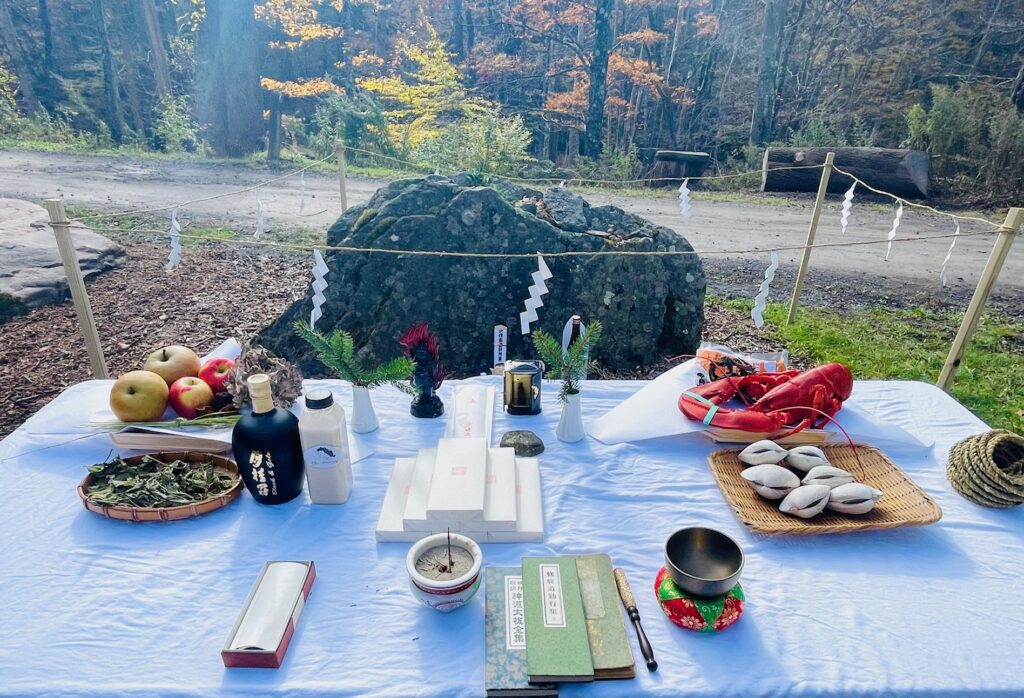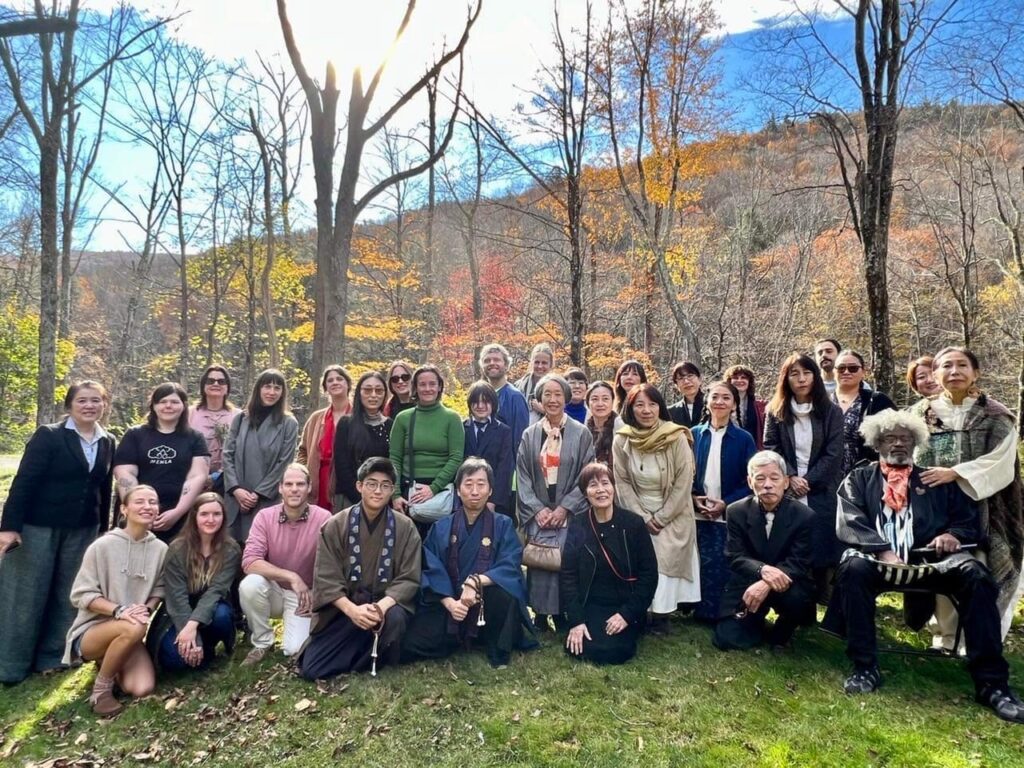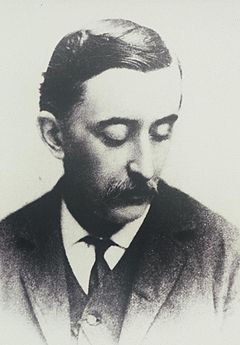
Lafcadio Hearn (1850-1904), who wrote extensively on Japanese religions
In his writings on Shinto and Buddhism, Lafcadio Hearn touched on the interaction between the two faiths and they way they influenced each other. One important aspect he identified was compassion for fellow creatures. Surprisingly perhaps, given that Shinto is supposedly ‘a nature religion’, it was Buddhism which proved the stimulus for an enlightened policy in terms of animal rights.
In the seventh century the notion of pity for the suffering of animals led the Buddhist-minded Emperor Tenmu to forbid the eating or trapping of four legged mammals. His decree stayed in force, more or less, till the end of the Edo Era in 1867. Apparently Tenmu did not instigate a complete ban on killing animals, as he was wary of upsetting native Shinto followers, for whom meat-eating was an established way of life. (Rabbits were a notable exception to Tenmu’s decree, being considered birds since they ‘flew’; the word for hop and fly (‘tobu‘) are the same in Japanese.)
Hearn also pointed out that Buddhist art had a huge influence on Japan in general, and Shinto in particular. Images and paintings of kami only appeared after the arrival of Buddhism, and the development of shrine architecture came about as a response to the sophisticated ‘houses’ built for Buddhist deities. Buddhism’s emphasis on education and morals had an effect on Shinto too, with the development of study centres and educational facilities.
Some other examples of the way in which Buddhism influenced Shinto can be found in the following extract taken from a 2007 Japan Times article, entitled ‘Japan’s Shinto-Buddhist Medley’ by Eric Prideaux.
***************
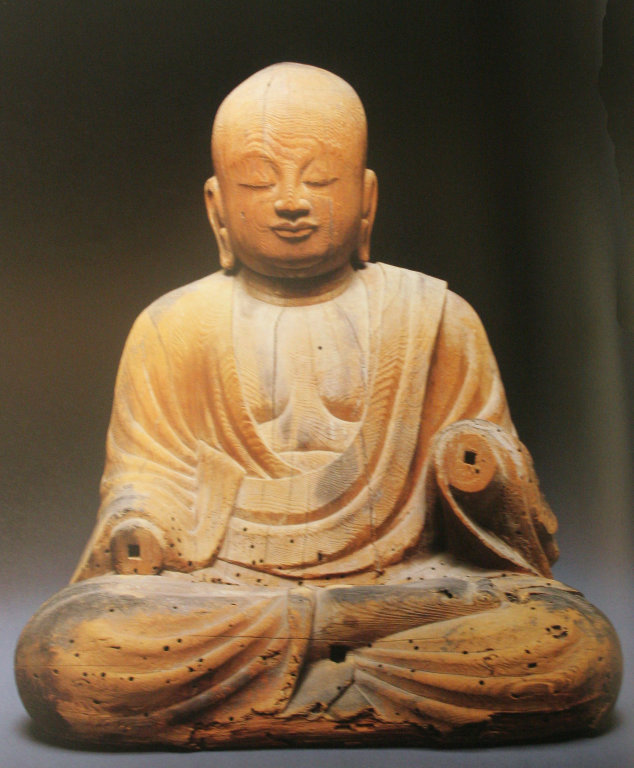
Kami or Buddhist priest? Sogyo Hachiman depicts the Shinto kami as a student of Buddhism, on the path to enlightenment
Ever since Buddhism was introduced to Japan in 552 (some say 538), Japan has seemed uncertain about how to weave it into its cosmology. The year the religion was introduced, a delegation from the king of Peakche, a territory on the western Korean Peninsula, sent the emperor an image of the Buddha in gold and copper and a collection of the holy texts known as sutras.
The internationalists in the Japanese court welcomed Buddhism. Others saw it as a threat to the status quo, with Buddha nothing more than a “jajin,” or devil.
Prince Shotoku (574-622) promoted Buddhism and it took hold. Still, Japan would never see a full conversion away from its indigenous religion, as occurred to a much greater extent across pagan Europe with the introduction of Christianity. Rather, Japanese absorbed Buddhism gradually, mixing it with local folk religions.
This process played out in the divine realm, too, with certain Shinto gods coming to be seen as protectors of the Buddha. One was Hachiman, the Shinto god of war, who legend has it aided the construction of the Great Buddha statue in Nara during the Nara Period (710-784). This act of kindness won him the name “Great Bodhisattva (Buddhist saint) Hachiman” in 781. Reflecting this meeting of religions, Hachiman was sometimes depicted in sculptures as a very unwarlike Buddhist monk.
But what does the eighth century have to do with mixups over temples and shrines now?
The syncretism, or weaving together of religions, would continue over centuries as Japan went about absorbing Pure Land, Zen and other Buddhist sects from China. Over time, cross-pollination between Buddhism and Shinto would deepen in a process known as “shin-butsu shugo” (Shinto-Buddhism coalescence), or less flatteringly as the “shin-butsu konko” (Shinto-Buddhism jumble).
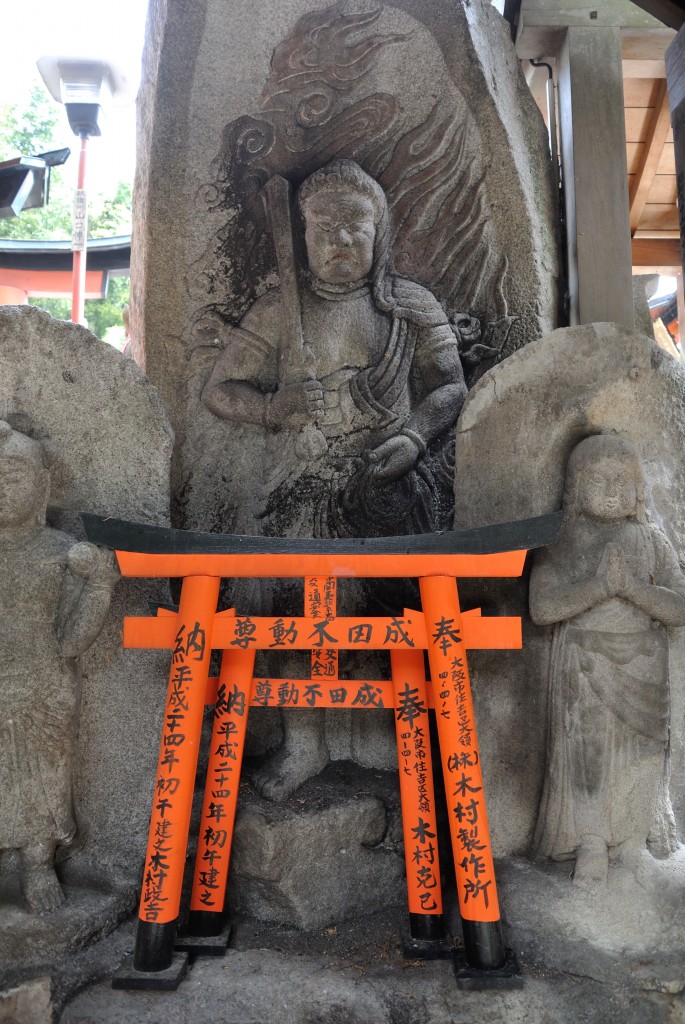
Buddhist statue, Shinto torii: one of the many syncretic aspects of Inari
Much of the convergence amounted to Buddhism trying to make a mark on the host culture. Buddhist monks felt certain Shinto divinities needed salvation. So they chanted sutras in front of shrines that were the gods’ sacred homes. Meanwhile, temples started sprouting up next to Shinto shrines, to be called “jingu-ji,” meaning “shrine-temples.” By the 16th century, such mixing and matching had become official policy.
Nationalist yearnings have surfaced periodically, resulting in calls to rid Shinto of its foreign influence, especially during the Meiji Era (1868-1912) push for a State Shinto purged of its foreign Buddhist influences. At Tsurugaoka Hachiman-gu shrine in Kamakura, Kanagawa Prefecture, Buddhist artifacts were burned and otherwise removed.
It was impossible, though, to completely sever the link formed over so much time, and this helps explain why Buddhism and Shinto tend to blur together somewhat in the modern Japanese mind.
What evidence of syncretism do shrines display?
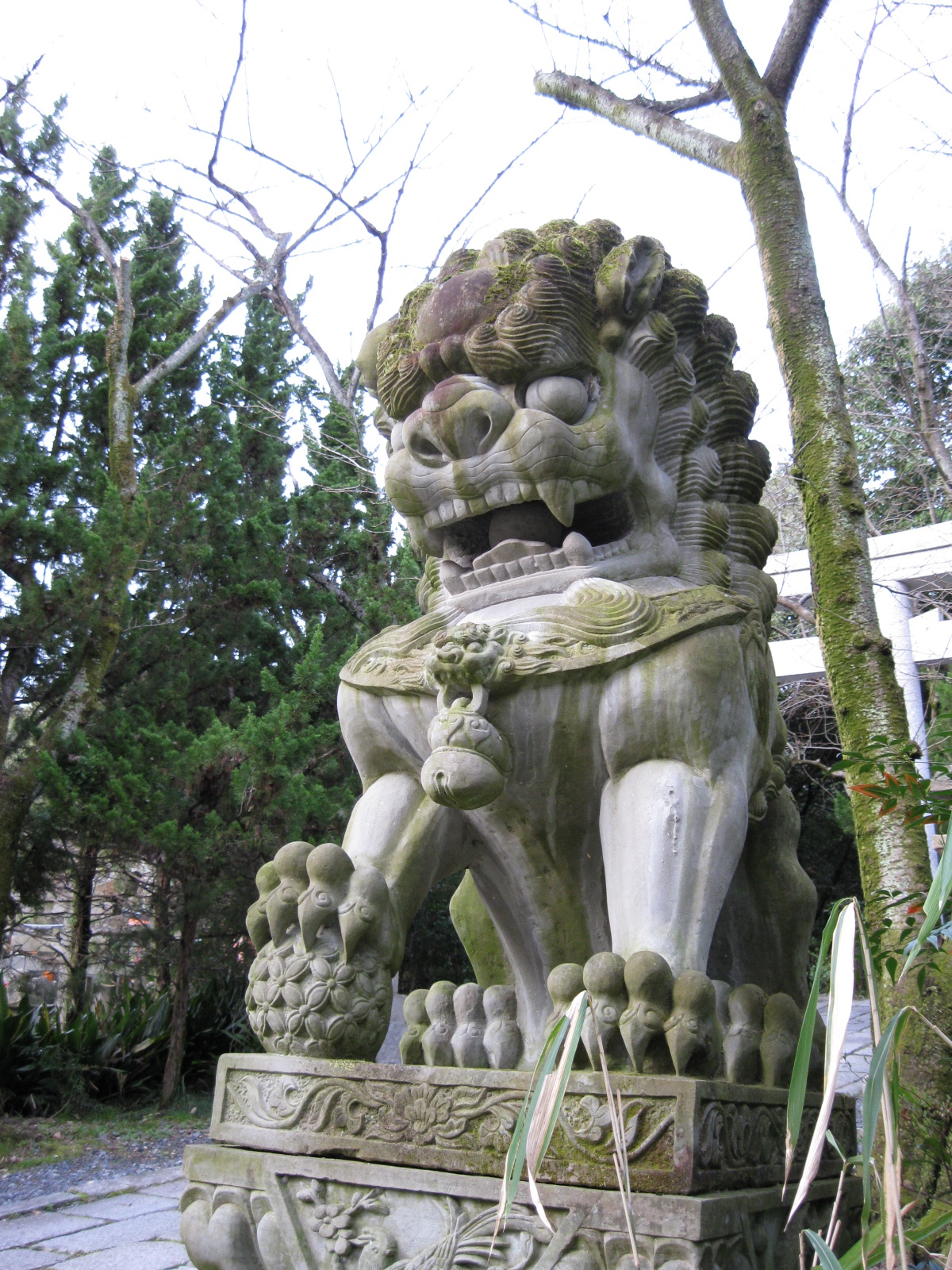
The magnificent komainu guarding Fushimi Inari, are elaborate works of art. Notice his paw on the ball of wisdom, a syncretic touch.
Guarding the average Shinto shrine are two stone statues, most often of the mythical Koma-inu, which despite the “inu” (dog) in its name actually looks like a miniature lion. Koma-inu fend off evil for a wide range of gods. Author Hiromi Iwai writes in the book “Nihon no Kamigami to Hotoke” (“The Gods and Buddha in Japan”) that Koma-inu’s lionlike design can be traced to China, while “Koma” may have been derived from “Korai,” an ancient Korean dynasty.
But Koma-inu’s heritage goes even further afield. In each pairing, one creature’s mouth will usually be open and the other’s closed. (This is true with other animals as well.) The “A” that seems to issue from one Koma-inu’s mouth, and the “M” voiced through the other’s closed lips are said by Iwai to represent the ancient Indian belief that the universe began with the first sound and will conclude with the other.
In Hinduism, this is written fully as “A-U-M,” with the three letters representing a long list of concepts. One is the triad of Earth, our surroundings and heaven. Another is the trinity of Hindu gods Brahma (the Creator), Vishnu (the god of maintenance) and Shiva (the Destroyer). In a holy word, Aum embodies the entirety of being.
Commonly known in the West as “Om,” the term was adopted as a mantra by Buddhists, who in turn transmitted it to Japan via China during the Asuka Period (593-710). After that, it showed up on Shinto statues, reminding visitors to holy sites of our humble place within the greater scheme of things.
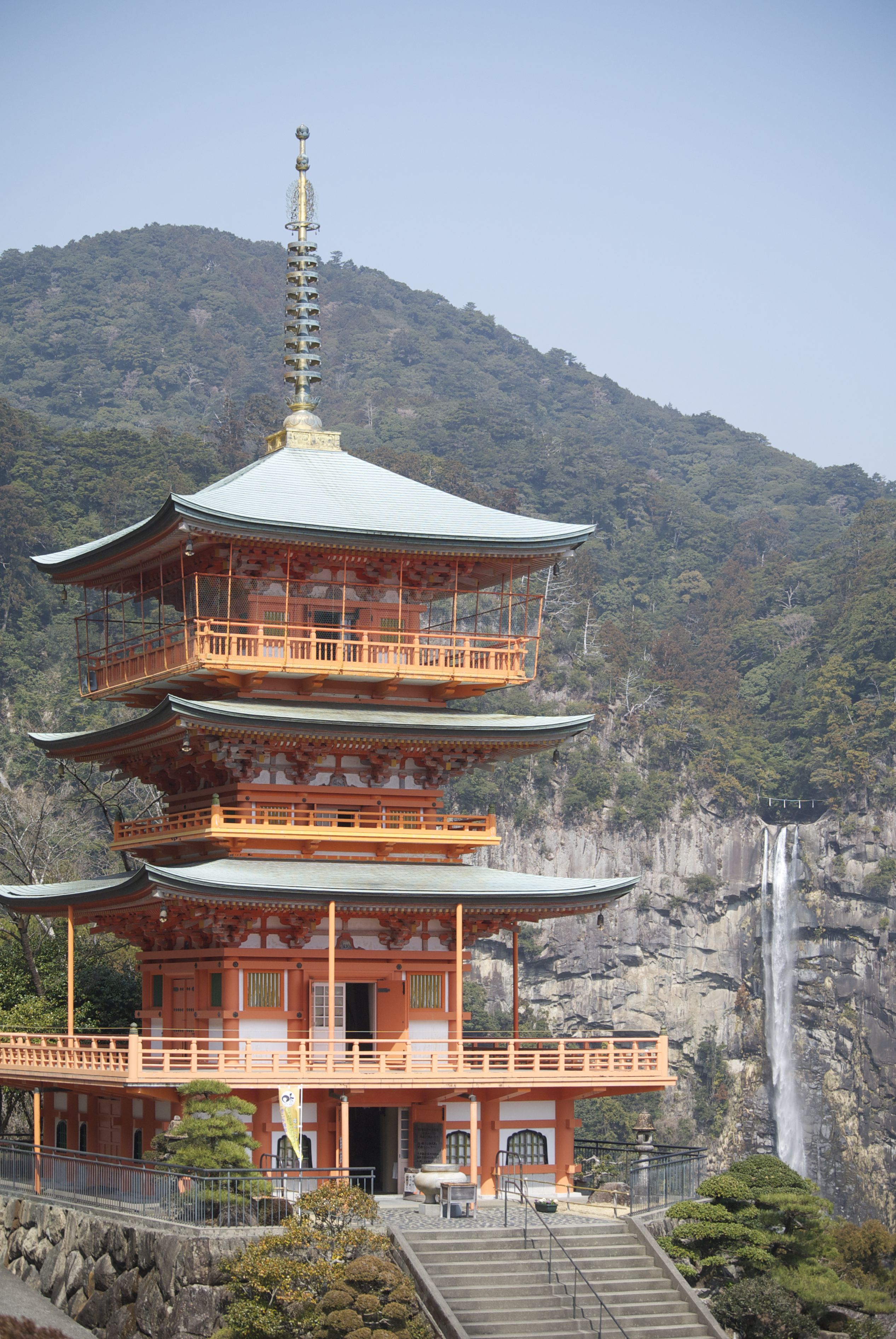
Nachi’s waterfall, sacred to Shinto, is also a site of Buddhist animism
